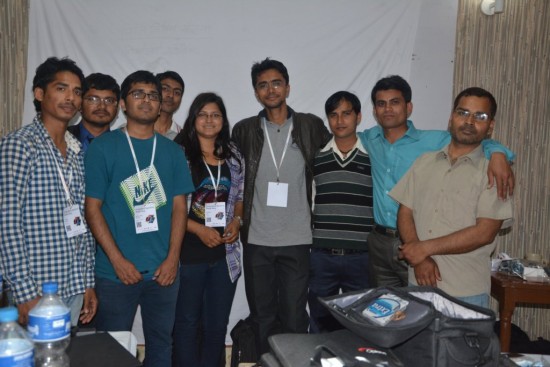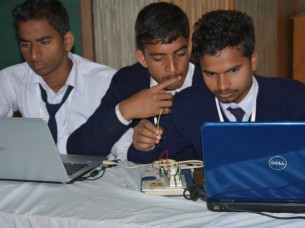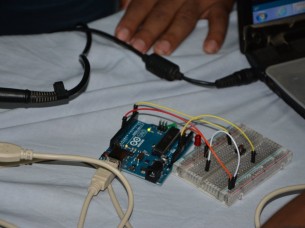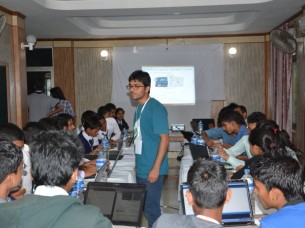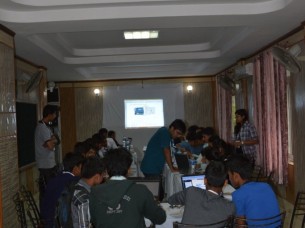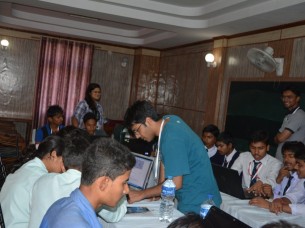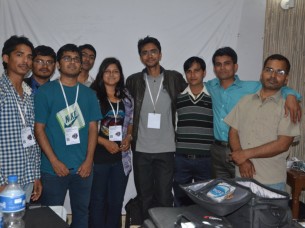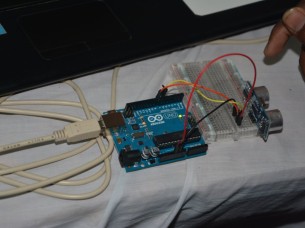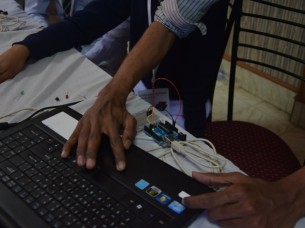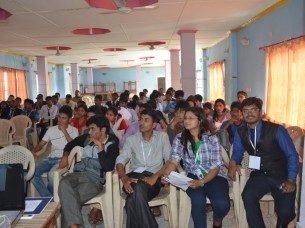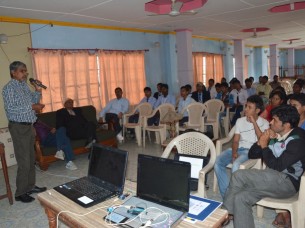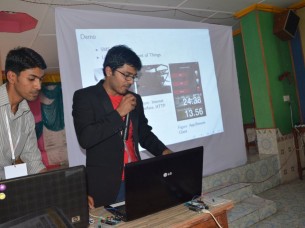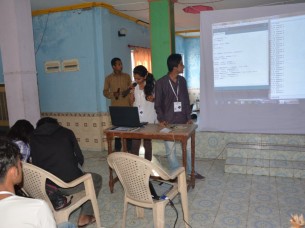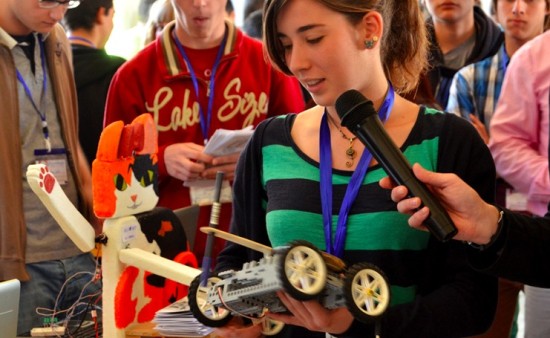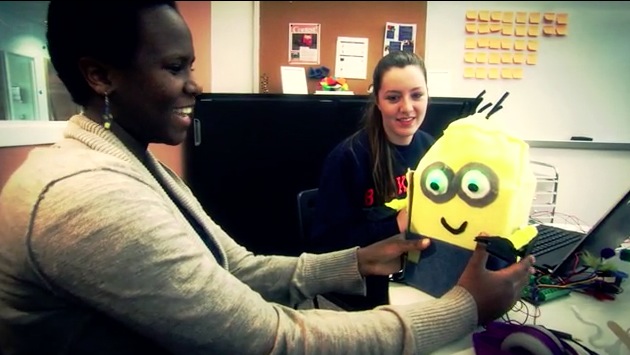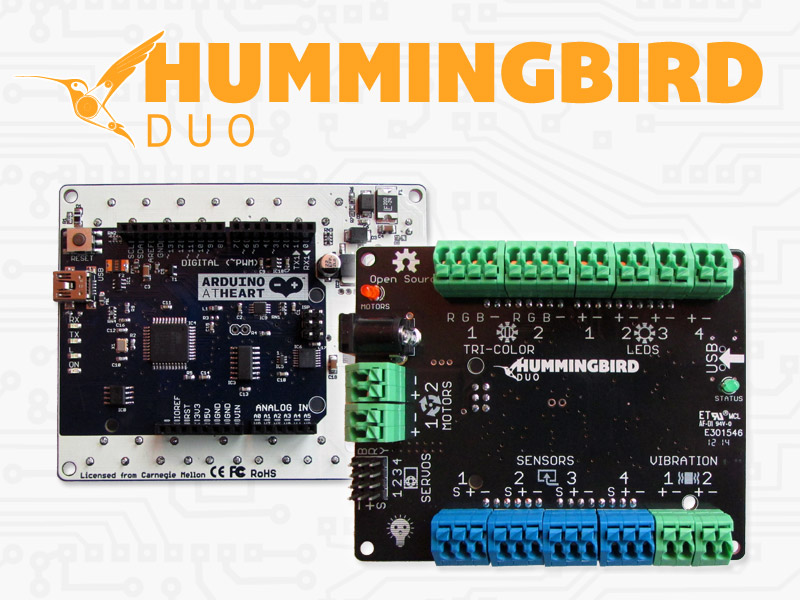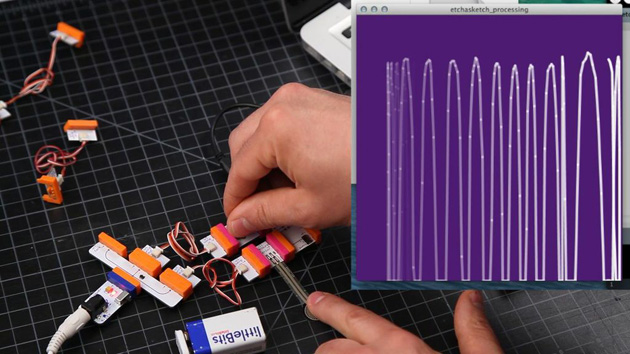Introduction
Time for another kit review and in this instalment we have a look at the “3 digit counter” kit from Jaycar. This is part of a much larger series of kits that are described in a three volume set of educational books from Jaycar titled “Short Circuits”.
Aimed at the younger readers or anyone who has an interest in learning electronics, these books (volumes one, two and three) are well written and with some study and practice the reader will make a large variety of projects and learn quite a bit. They could be considered as a worthy 21st-century replacement to the old Dick Smith “Funway…” guides.
The purpose of this kit is to give you a device which can count upwards between zero and 999 – which can be used for various purposes and also of course to learn about digital electronics.
Assembly
The kit arrives in typical retail fashion:

Everything you need to make the counter is included except for the instructions – which are found in the “Short Circuits” volume two book – and IC sockets. Kits for beginners with should come with IC sockets.

The components are separated neatly in the bag above, and it was interesting to see the use of zero ohm resistors for the two links on the board:

The PCB is excellent. The silk screening and solder-mask is very well done.


Furthermore I was really, really impressed with the level of detail with the drilling. The designer has allowed for components with different pin spacing – for example the 100 nF capacitor and transistors as shown below:

The instructions in the book are very clear and are written in an approachable fashion:


There’s also a detailed explanation on how the circuit works, some interesting BCD to decimal notes, examples of use (slot cars!) and a neat diagram showing how to mount the kit in a box using various parts from Jaycar – so you’re not left on your own.
Construction went well, starting with the low-profile parts:

… then the semiconductors:

… then the higher-profile parts and we’re finished:

There wasn’t any difficulty at all, and the counter worked first time. Although I’m not a new user, the quality of PCB and instructions would have been a contributing factor to the success of the kit.
How it works
The input signal for the counter (in this case a button controlling current from the supply rail) is “squared-up” by an MC14093 schmitt-trigger IC, which then feeds a MC14553 BCD counter IC, which counts and then feeds the results to a 4511 BCD to 7-segment converter to drive the LED digits which are multiplexed by the MC14553. For the schematic and details please refer to the book. Operation is simple, and demonstrated in the following video:
However you can feed the counter an external signal, by simply applying it to the input section of the circuit. After a quick modification:

… it was ready to be connected to a function generator. In the following video we send pulses with a varying frequency up to 2 kHz:
Conclusion
This is a neat kit, works well and with the accompanying book makes a good explanation of a popular digital electronics subject. There aren’t many good “electronics for beginners” books on the market any more, howevert the “Short Circuits” range from Jaycar really fit the bill.
So if you’re looking to learn more about electronics or start someone else off, head in to Jaycar and have a look. Readers from outside Australia are also covered. Full-sized images are available on flickr.
And while you’re here – are you interested in Arduino? Check out my new book “Arduino Workshop” from No Starch Press.

In the meanwhile have fun and keep checking into tronixstuff.com. Why not follow things on twitter, Google+, subscribe for email updates or RSS using the links on the right-hand column? And join our friendly Google Group – dedicated to the projects and related items on this website. Sign up – it’s free, helpful to each other – and we can all learn something.
[Note – kit and book purchased without notifying the supplier]
The post Kit Review – Jaycar “Short Circuits” 3 Digit Counter appeared first on tronixstuff.
 This is a series that will document Nomiku’s journey into lean manufacturing in America through the conversations of the founding team: Lisa, Abe, and Bam. We will update the series as our adventure in building our high-tech device that lets people cook with the cloud continues. As we enter uncharted […]
This is a series that will document Nomiku’s journey into lean manufacturing in America through the conversations of the founding team: Lisa, Abe, and Bam. We will update the series as our adventure in building our high-tech device that lets people cook with the cloud continues. As we enter uncharted […]


